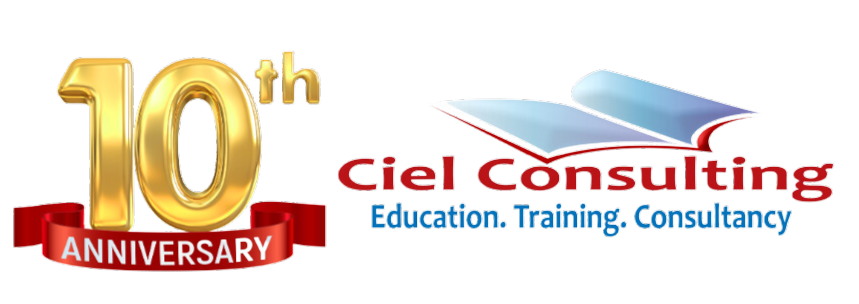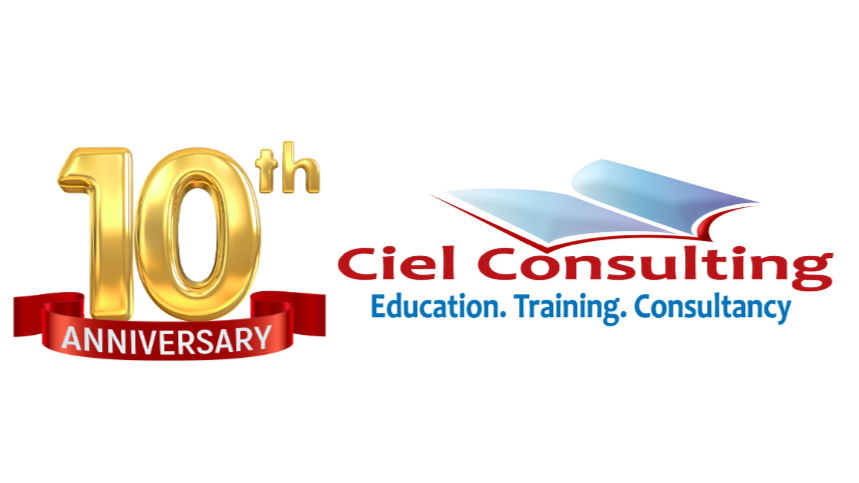The Story Behind Project Management Training
Did you know that the field of project management has been practiced since the early years of human civilization? Yes, any project management training would inform you that way back in the 1900's, people have already used the concept - although they've not yet used the term as you know of today.
Civil engineering projects were among the activities that have made use of the very loose and traditional concepts of planning, executing and controlling. It was only in the 1950's when people use more systematic and sophisticated tools - tools that became the parents of the basic techniques that every project management training will talk about.
The Fathers
In the United States, it can be credited to two huge names: Henry Gantt and Henri Fayol. Every module on management and specifically in project management training will never fail to mention these two forefathers.
The first Henry- as in Henry Gantt - is the very famous person whom you can thank for developing the Gantt chart. This is perhaps the simplest among the project management tools. As such, the Gantt chart has become a household name - or a corporate name, to put it more aptly.
The second Henri - this time with an "I" - is the one responsible for formulating the basic management functions. As you know - and as any training would point out - the five (5) basic management functions are also the same core concepts that shall be used when handling a particular project.
These two Henry's are said to have been faithful students of the scientific approach to management, as developed by Frederick Winslow Taylor.
Modern Project Management
After the Gantt chart came the more sophisticated tools such as the Critical Path Method (CPM) and the Project Evaluation and Review Technique (PERT). These methods employ mathematical equations making them more calculative - and providing the user with "surer" control over the elements of the project.
The PMI
In 1969, the Project Management Institute (PMI) was formed. As the name suggests, its primary concern is in serving and catering to the needs of the now wider field. This organization then developed a handbook, the Project Management Body of Knowledge (PMBOK), which serves as the compilation of the standards and guidelines of the practice. The PMI exam, also sometimes referred to as the PMP (project management professional) exam, is based on the concepts in the PMBOK.
All discussions and workshops in any training include the bodies of knowledge outlined in the handbook. Among the key concepts are: initiating, planning, executing, controlling, closing and professional responsibility. These are also the same areas that are highlighted in the PMP exam.
You see, it has gone a long way. Where before it is only about a simple list of tasks to be done, now, it is about so much more. You are now presented with a myriad of tools, sophisticated formulas, and even highfalutin words. All these are geared towards giving you more control over how a project runs - and consequently, how it ends.
Ciel Consulting is an Authorised Training Partner of Simplilearn International, a company accredited by PMI and APMG as REP. Primavera EPS P6 or MS Project included Training in line with new pmp syllabus 35 Contact Hours guaranteed Course covers both the New PMP® & PRINCE2® Project Management Methodologies MS Project and Primavera P6 Hands on/ Practical Project implementation PMP and Prince2 Exam Registration, Tips & Tricks Certificate as required by PMI (USA) and APMG (UK) (Good for your CV and Project management Exams)

